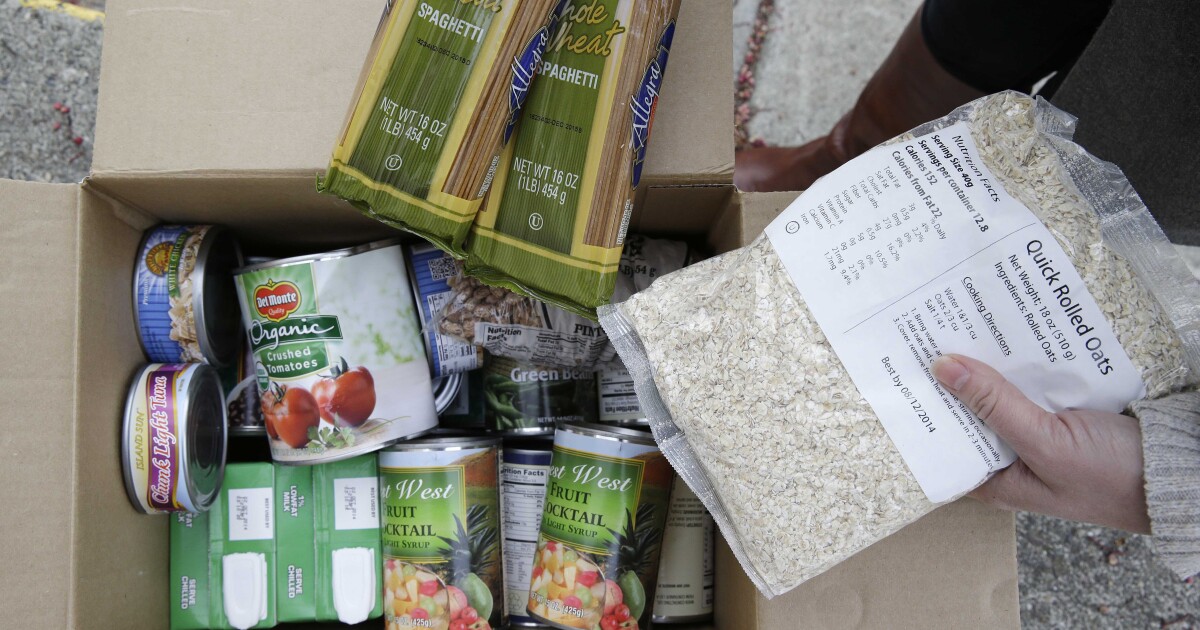

While most states send out Supplemental Nutrition Assistance Program payments on a rolling basis, four states will send out benefits to all residents on Friday.
Alaska, North Dakota, Rhode Island, and Vermont send every payment out on the 1st of the month, regardless of a person’s last name or case number — the method typically used by other states to distribute benefits.
RETAIL THEFT DELIVERS AN ECONOMIC BLOW FOR COMPANIES AND COMMUNITIES
Combining all four states, about 348,400 people receive food stamps from the program. The average payments per household member per month for the four states range from as low as $183 to as high as $271.
The states reload SNAP benefits onto a recipient’s electronic benefits transfer card each month. The funds can be used for purchasing groceries or seeds and plants at participating grocery stores, farmers markets, and some online retailers.
Alaska and Hawaii are the only two states that have different amounts for SNAP benefits. In Alaska, the maximum monthly payment depends on where a resident lives, with the state split into three regions: Rural I, Rural II, and Urban.
CLICK HERE TO READ MORE FROM THE WASHINGTON EXAMINER
Households of one can receive a maximum payment of $293 in Rural I, $357 in Rural II, and $230 for Urban. Households of eight can receive $1,762 for Rural I, $2,145 for Rural II, and $1,382 for Urban.
For North Dakota, Rhode Island, and Vermont — as well as the remaining 45 states and Washington, D.C. — the maximum payments are the same. The maximum SNAP payment is $281 for a household of one, $939 for a household of four, and $1,691 for a household of eight. For additional household members, $211 is added.





